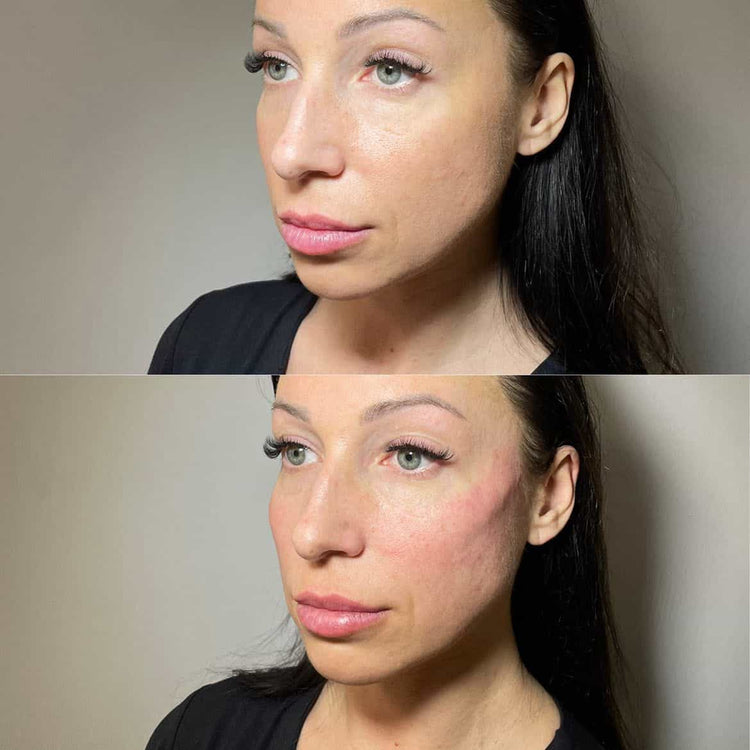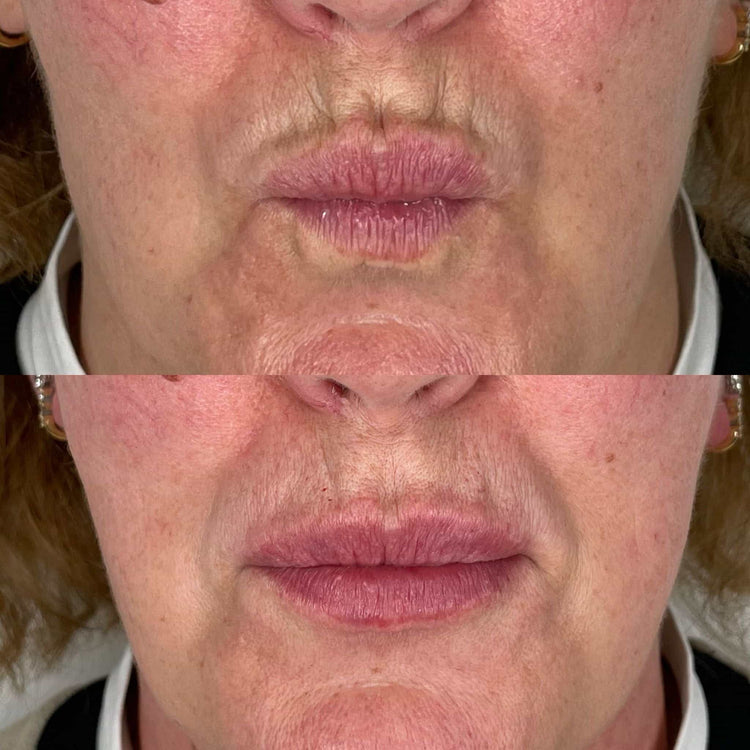What Are The Most Common Questions About Dermal Fillers
Definition
%h2% refers to HTML code that represents a level 2 heading.
It is used to structure and organize content within web pages, making them easier to read and navigate.
Types of Dermal Fillers
%h2% refers to HTML code that represents a level 2 heading.
It is used to structure and organize content within web pages, making them easier to read and navigate.
There are several types of dermal fillers commonly used for cosmetic purposes.
Hyaluronic acid fillers
are the most popular type. They attract and hold water, adding volume and hydration to the skin. Examples include Juvederm, Restylane, and Belotero.
Poly-L-lactic acid (PLLA) fillers
stimulate collagen production, gradually filling in wrinkles and fine lines over time. Sculptra is a well-known example of this type of filler.
Calcium hydroxylapatite fillers
are made from a natural mineral and provide volume while also stimulating collagen growth. Radiesse is a popular calcium hydroxylapatite filler.

Polymethylmethacrylate (PMMA) fillers
are permanent fillers that provide long-lasting results. They are often used for correcting facial contours and augmenting the chin or lips.
Consultation
## What Are the Most Common Questions About Dermal Fillers?
Dermal fillers are a popular cosmetic treatment that can enhance facial features, reduce wrinkles, and improve overall appearance. However, many people have questions about this procedure.
Some of the most common inquiries include:
What types of dermal fillers are available?
How long do dermal filler results last?

Are there any risks or side effects associated with dermal fillers?
What is the recovery process like after a dermal filler treatment?
What can I expect during and after the procedure?

Understanding these questions and their answers can help potential patients make informed decisions about whether dermal fillers are right for them.
Treatment Process
%h2% refers to HTML code that represents a level 2 heading.
It is used to structure and organize content within web pages, making them easier to read and navigate.
Dermal fillers are injected substances used to restore facial volume, smooth wrinkles, and enhance contours. The most common types of dermal fillers include:
Hyaluronic acid fillers
are the most popular type. They attract and hold water, adding volume and hydration to the skin. Examples include Juvederm, Restylane, and Belotero.
Poly-L-lactic acid (PLLA) fillers
stimulate collagen production, gradually filling in wrinkles and fine lines over time. Sculptra is a well-known example of this type of filler.
Calcium hydroxylapatite fillers
are made from a natural mineral and provide volume while also stimulating collagen growth. Radiesse is a popular calcium hydroxylapatite filler.
Polymethylmethacrylate (PMMA) fillers
are permanent fillers that provide long-lasting results. They are often used for correcting facial contours and augmenting the chin or lips.
The treatment process typically involves the following steps:
- Consultation: During a consultation, a qualified practitioner will discuss your goals, medical history, and any potential risks or side effects.
- Preparation: The area to be treated will be cleansed and numbed with a topical anesthetic.
- Injection: The dermal filler will be injected using a fine needle.
- Post-treatment care: You may experience some temporary swelling, redness, or bruising, which should subside within a few days. It’s important to follow the practitioner’s instructions for post-treatment care.
- Why Are My Nasolabial Lines So Deep? - November 17, 2025
- What Is The 20 Minute Permanent Facelift? - November 14, 2025
- Weed-Infused Iced Tea You Have To Try - November 11, 2025
